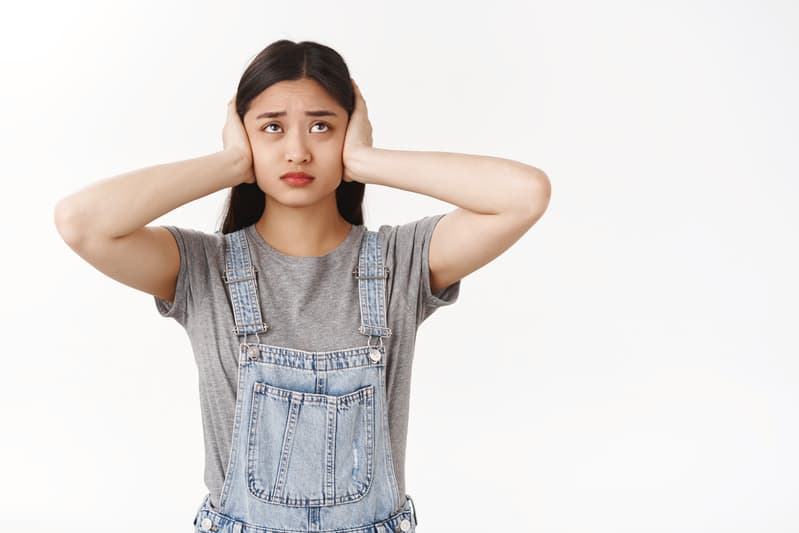Earache and pain in an ear or ears is a common symptom.
We often see small kids, who like to spend a lot of time in the swimming pool. Particularly young children can be affected. It can be painful but luckily it doesn’t have to be anything serious.
How long does earache last?
It is important to find out first what the cause is. Most earaches in children are caused by an infection of the ear. An infection normally starts to improve after a few days.
What to watch out for in babies and young children with earache:
Possible earache in a young child if they:
- pull or rub their ear
- don’t react to some sounds, their hearing seems to be impaired
- have a temperature of 38C or above, in other words if they have a fever
- if they are more irritable or restless
- lack of appetite and when they are off their food
- keep losing their balance
Earache and ear pain can affect one or both ears.
How to treat earache
There are some things you can do to help relieve earache and ear pain. In the first few hours or days even, you can reduce the pain with painkillers. This works more effectively than antibiotics.
- use painkillers such as paracetamol or ibuprofen
- you may put a warm or cold flannel on the ear
- do not put anything inside your ear, such as cotton buds (the smallest thing to put in your ear is your elbow)
- do not try to remove earwax
- do not let water get inside your ear
SEE YOUR GP (GOOD PRACTICE)
Seek medical attention from your trusted medical practitioner if:
your child has a very high temperature or feels hot and shivery. If the fever is high basically.
- you notice a swelling around the ear
- earache affects both ears
- fluid is coming from the ear
- something is stuck in the ear
- the earache has been going on for more than 3 days
- hearing loss or a change in hearing
- a severe sore throat or vomiting
What causes earache and pain?
Earache and pain can be caused by a number of things, but sometimes it isn’t really known what causes the pain. Some of the most common causes are mentioned below:
| Symptoms | Possible condition |
| Ear pain with toothache | Teething or a dental abscess
|
| Ear pain with a change in hearing | Glue ear, wax built up in the ear or an object stuck in the ear (do not try to remove it yourself – see your GP), perforated eardrum – particularly after a loud noise or accident |
| Ear pain with pain when swallowing | Sore throat or tonsillitis, quinsy – a complication of tonsillitis |
| Ear pain with a fever | Ear infection, flu or cold |
Good Practice has registered patients from 80 countries. Try us. Our all-English-speaking team implements international guidelines. Contact us at 021 7183140, info@goodpractice.co.id or 085772721119 for WhatsApp messages only.




